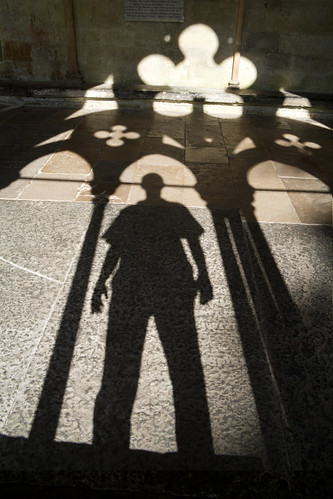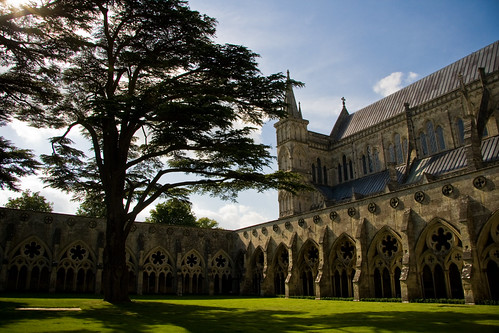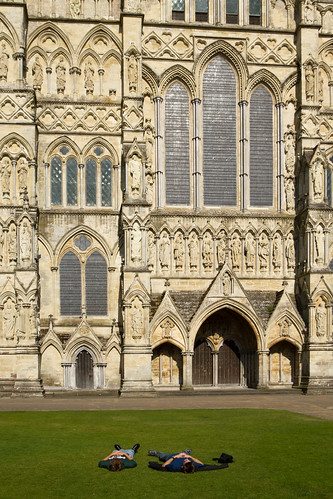Our last full day in England, but it’s a very unique one. We scheduled a “Hadrian’s Wall Safari”. Hadrian’s Wall was built starting in 122 AD under Roman Emperor Hadrian. It stretched for 80 miles from the east to the west coasts of Britain, and was the northernmost border of the Roman Empire – to the north: barbarians. Our tour guide, Gary, picked us up in his Range Rover (thus the ‘safari’) around 10am.
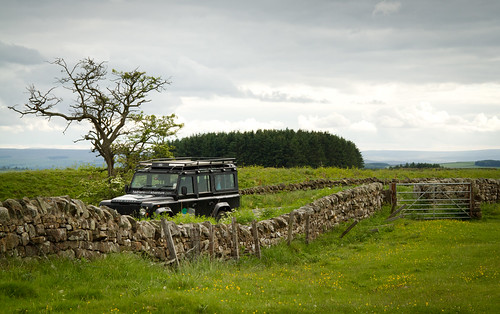
Gary's Range Rover, our tour bus for the day
There were many stops along the way, most of which started with a short hike and then a description from Gary about what we were looking at. He did a fantastic job layering the information over the course of the day so that we were building knowledge and understanding about the Roman Empire and early British history, rather than just reading about a particular site.
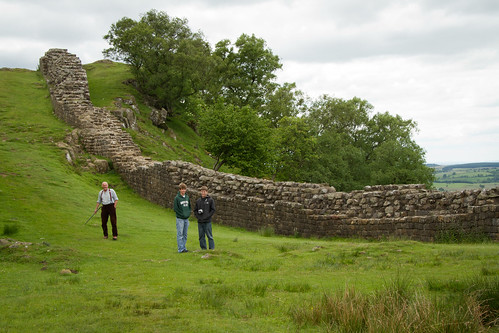
A relatively intact portion of the wall. Gary's ready to charge up the hill.
At this stop, for example, he explained why the wall was here and not further north or south. But to do so, we had to be at the top of the hill…

Charging up the hill
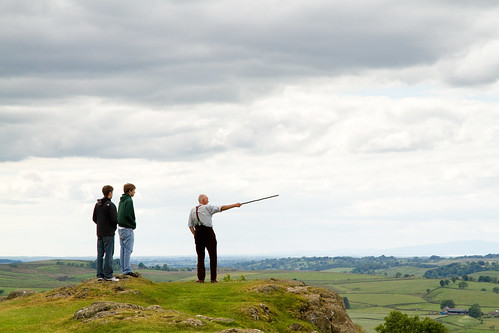
Gary gives a combination history and geology lesson
It turns out there is a giant fault line here, and the minerals and other assets that an empire might want are primarily to the south. To the north the land is less valuable and not worth the cost of beating down the barbarians.
Fault lines and walls also make for great photo ops.
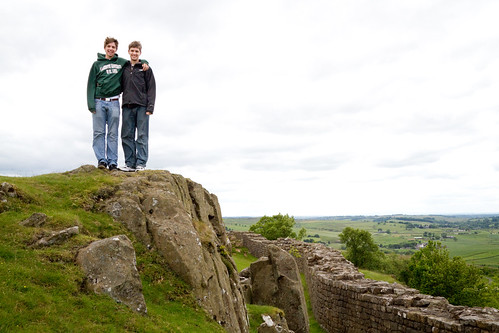
Photo Op Atop the Crop
Every Roman mile (1,000 paces) along the 80 mile wall was a Mile Castle that acted as a toll gate between the Roman Empire and traders to the north. Between each Mile Castle were two towers, stationing guards every 330 paces for the width of Britain. Below is the foundation of a Mile Castle.
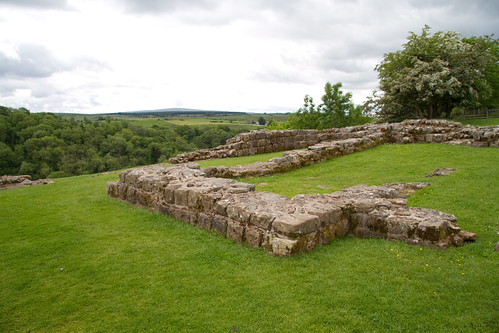
Remains of a Mile Castle
A century before Hadrian built his wall, the Romans had established forts throughout the region. Vindolanda was started around 85AD and was occupied for about 400 years. Over that time it was rebuilt on top of itself many times. There is an extensive excavation going on there now with a fantastic museum. Most significantly, they uncovered wood writing tablets that are still legible, having been protected for almost 2000 years by mud.
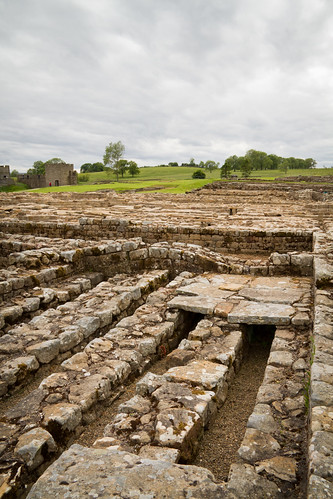
Vindolanda excavation - the elevated floor was heated by hot water running through the channels
Crag Lough was another stop along the way. It’s close to Once Brewed, next to Twice Brewed. Twice Brewed was named for the strong ale that the Roman soldiers demanded. Once Brewed was named more recently by the founder of a youth hostel that thought that tea as a better drink to offer.
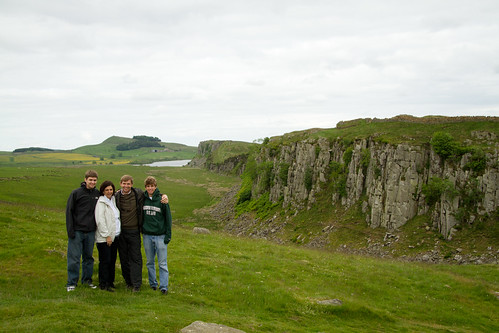
Crag Lough (that's the lake in the background); Hadrian's Wall runs along the top of the ridge
There is a hiking trail that follows the wall across the country. Most of the wall is not visible now, either because it’s still buried or because the stones were recycled over the years to become smaller walls or farmhouses.
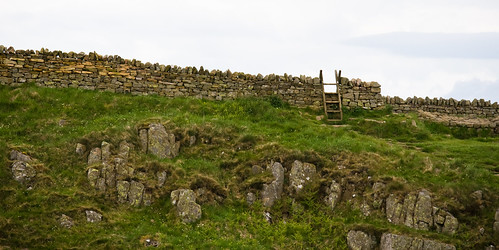
A ladder for hikers to climb over the wall
Lanercost Priory was built by Henry II in the late 1100’s, mostly from stone from Hadrian’s Wall.
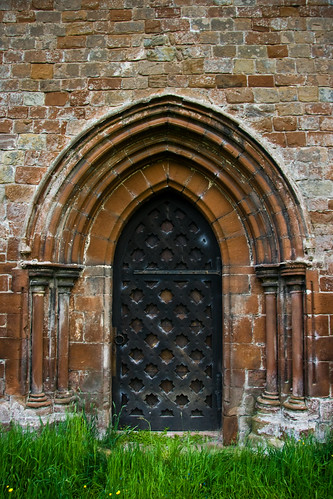
Lanercost Priory Door
A long, educational and entertaining day!
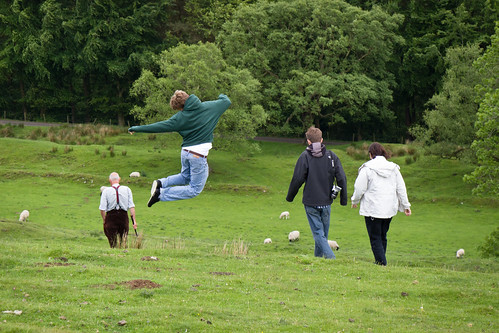
Jump
